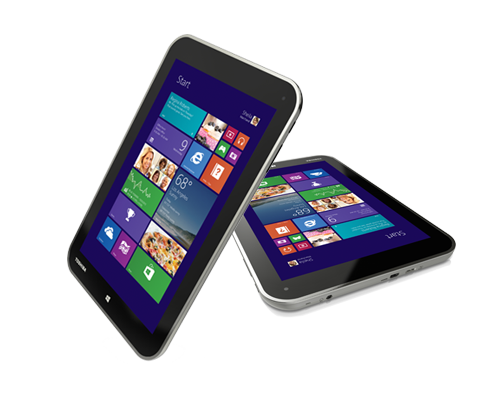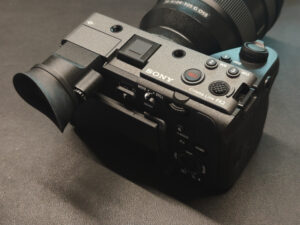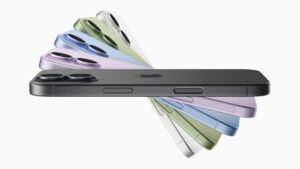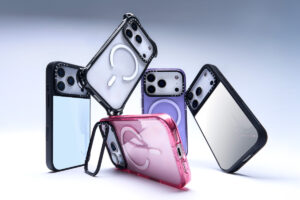
In a crowded tablet space, Toshiba’s Encore won’t win praise for its looks or tempt you to whip out a credit card on first impressions alone.
With a rather thick frame and weighing a hefty 480 grams, it is neither the lightest nor slimmest tablet around to feature an 8-inch screen.
What’s the biggest selling point here? A full-featured Windows 8.1 operating system that lets you run your everyday PC programs. Essentially, it’s a small PC you can carry everywhere with you, assuming you need Microsoft in your daily work.
Inside the utilitarian-looking but rather hardy case is hardware that should let you run many popular Windows programs rather smoothly, while keeping battery life close to the promised 10 hours of usage.
There’s an Intel Atom Z3740 quad-core chip aimed exactly at such Windows devices that require longer running time rather than raw performance.
Also onboard is a rather modest 2GB of RAM, unfortunately, which means you cannot really run too many demanding programs at one go, especially if you are thinking of using the Encore tablet as a desktop machine plugged into a keyboard and large screen. Just don’t expect to fire up loads of video or photo editing applications at one go.
To be fair, that amount of memory does okay if you are just using it as a tablet, in other words, running mostly one program at a time. Even when you plug it in on a desk, it should run relatively smoothly when you open up typical programs such as Microsoft Office 2013, which Toshiba has pre-loaded on the tablet.
And that’s the star attraction here, isn’t it? A small device that you can slip into a bag effortlessly while still being able to open files you use everyday. Unlike other Office-like programs running, say, on Android tablets, the full version of Microsoft Office won’t screw up the neat formatting on your Excel spreadsheets or Powerpoint presentations.
It’s a pity though that Toshiba has only included a 1,280 x 800 resolution screen on the Encore. It’s sharp enough, sure, but Full HD would have really helped in things like Excel spreadsheets or when viewing high-res images taken on a camera, for example.
Full HD phones have already been around for a year now, so it’s not unreasonable to ask for a sharper screen on an 8-inch tablet aimed at business users.
What I do like about the Encore is the practicality it offers. Sure, the looks won’t quicken your pulse, but at least the design helps in everyday scenarios. The textured backing helps you keep a better grip of the tablet, which can be operated with one hand while you get busy with your work, say, if you are a nurse in a hospital ward.
There’s also a Micro HDMI connection so you can hook up a video link to a monitor. Plus, a microSD card slot lets you pop in memory cards stuffed with movies or songs. Again, all the simple stuff you’d expect from a Windows machine.
Surprisingly, the touch screen and keyboard are a joy to use. Despite the small screen, I don’t find myself typing too many wrong characters with the on-screen keyboard, which has keys well spaced out. For everyday typing, say, for quick e-mails on the go, this is a user-friendly device.
Ultimately, the Encore isn’t going to change the minds of people going for an Apple iPad or Samsung Galaxy tablet.
However, some students who want to carry a light device that lets them in on their school’s software, for example, might find it attractive. For professional users, it looks like an able Windows workhorse for on-the-go deployments, say, on hospital floors.
The S$599 asking price for the version with 64GB of storage isn’t too cheap, considering the wide range of affordable Android tablets out there.
But with a full version of Windows 8.1 and Office 2013 packed into a portable 8-inch tablet, the Encore has something its rivals don’t. It deserves a second look if you are looking for something for the office or school.



